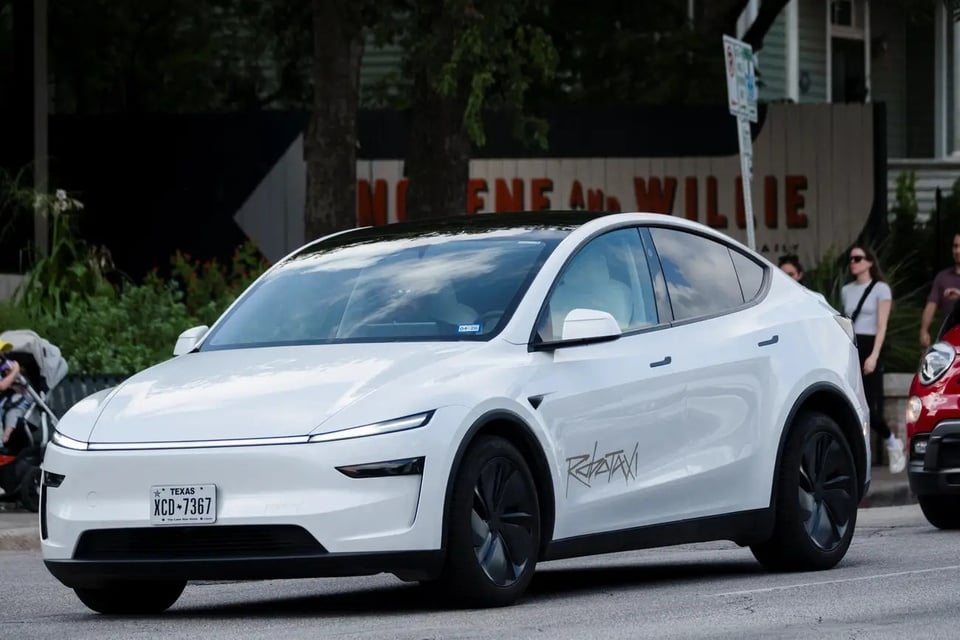 |
Tesla's robotaxi service with a supervisor. Photo: Reuters . |
Tesla launched its ride-hailing service in the San Francisco Bay Area last week. Elon Musk confirmed that users in the Bay Area and Austin can now book Teslas through the app. The service covers the Bay Area, Fremont, and downtown San Jose.
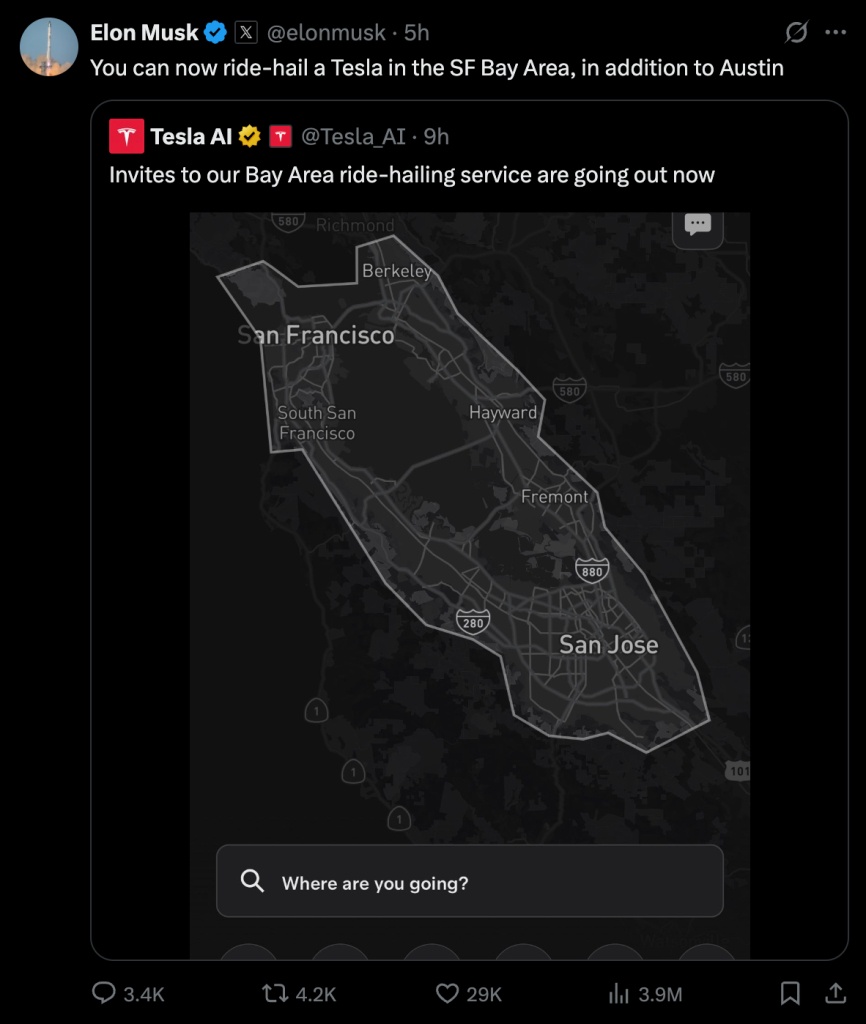 |
Tesla's car service deployment in California. Photo: X/Elon Musk. |
Musk and Tesla are not calling the new service a robotaxi. According to Business Insider , Tesla had previously announced internally that it would launch a robotaxi service, but in reality, it still requires a driver to supervise the ride.
Other news sites like Politico and Reuters also do not call this a robotaxi. Meanwhile, a video shared by the account X Teslaconomics clearly shows a driver behind the wheel and Tesla is charging for the trip.
While Texas, where Tesla has been deploying robotaxis since June, has more flexible regulations, California is quite strict on self-driving taxi services. Tesla has not yet applied for a permit to test or operate fully autonomous taxis in the state.
According to Politico, Tesla has scheduled two meetings with the California Department of Motor Vehicles (DMV) in July. While the media has been reporting on the robotaxi deployment plans there, the DMV and another watchdog agency have publicly warned the company about the unauthorized deployment of robotaxi in the San Francisco Bay Area.
In both meetings, Musk has a habit of dropping launch targets right before the calls. Two days before the first meeting, he posted on X that he was waiting for California regulators, despite not having filed any recent applications.
He also promised a “month or two” timeline for robotaxis to arrive in the San Francisco area. Then, a day before the second meeting, Musk announced a move to get autonomous vehicle permits in some areas through the end of 2025, but did not provide details on the approvals the company had received.
The company currently holds a special permit for driving on public roads. Tesla can use Full Self-Driving (Supervised) which performs many driving tasks but requires the driver to be attentive and ready to take over at all times.
Tesla’s move is a bit slow, but it complies with the law and ensures passenger safety. Marie Missy Cummings, a self-driving car researcher at George Mason University, said that the presence of humans would make Tesla’s service much safer.
In fact, leaving full human supervision is what competitors Waymo and Zoox also did in their early testing stages, which she said is commendable.
But for Cummings, the choice could be evidence that Tesla is falling behind its competitors. “If self-driving is a K-12 system, Tesla is in first grade,” she said. Everything the company has shown users in Texas before, or now in California, has shown a lack of autonomy.
On the other hand, according to Electrek tech reporter Fred Lambert, Tesla’s actions are misleadingly portraying itself as a leader in autonomous driving by rolling out a robotaxi service but with human assistance. He argues that by not applying for a permit, the company may not be exposing potentially bad data to the state.
Part of the reason is the rapid pace of its competitors. Waymo has officially launched self-driving cars in five cities, with plans to expand to an international market (Tokyo). Amazon’s Zoox is still in the early stages of testing, but has the advantage in budget and is expected to officially launch later this year.
Musk has previously set ambitious goals for Tesla’s robotaxi service, telling investors in late July that he expected about half the U.S. population to have access to his robotaxi service by the end of the year.
Source: https://znews.vn/buoc-lui-cua-tesla-post1573722.html


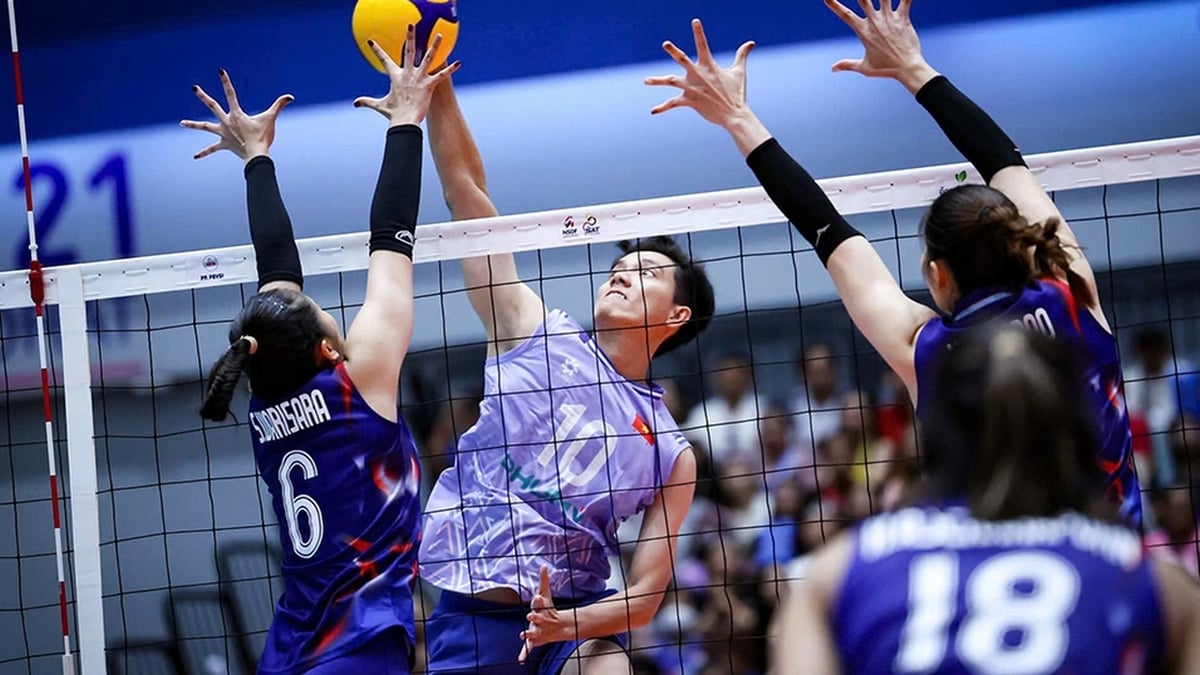


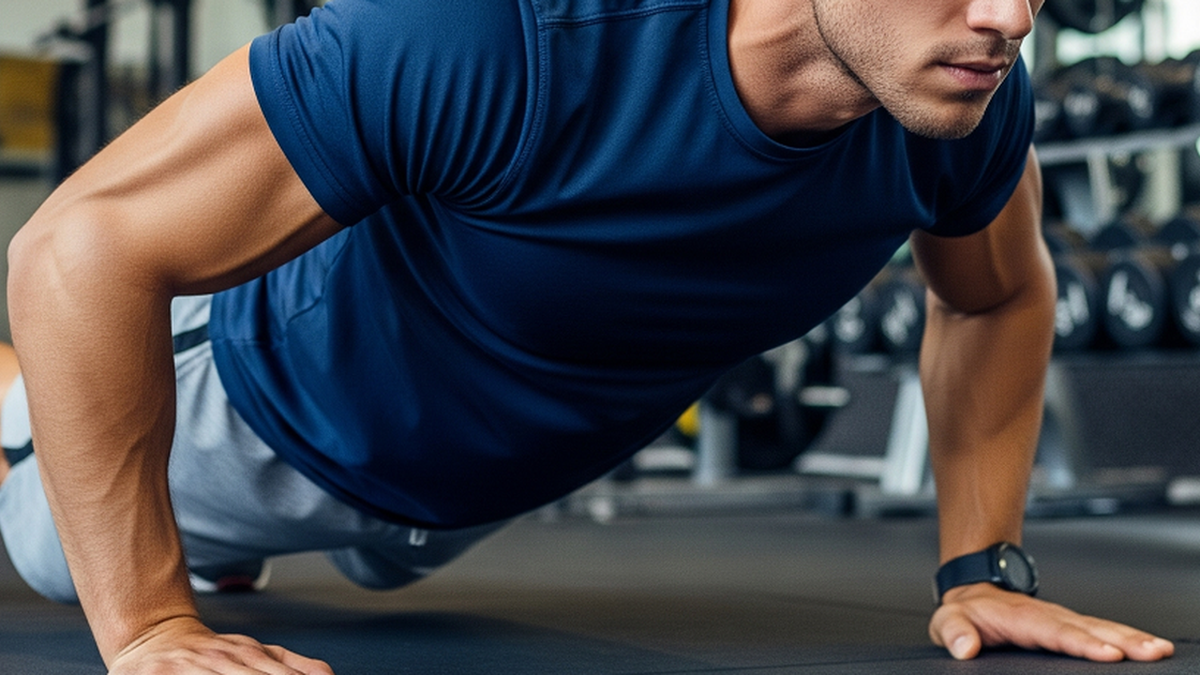
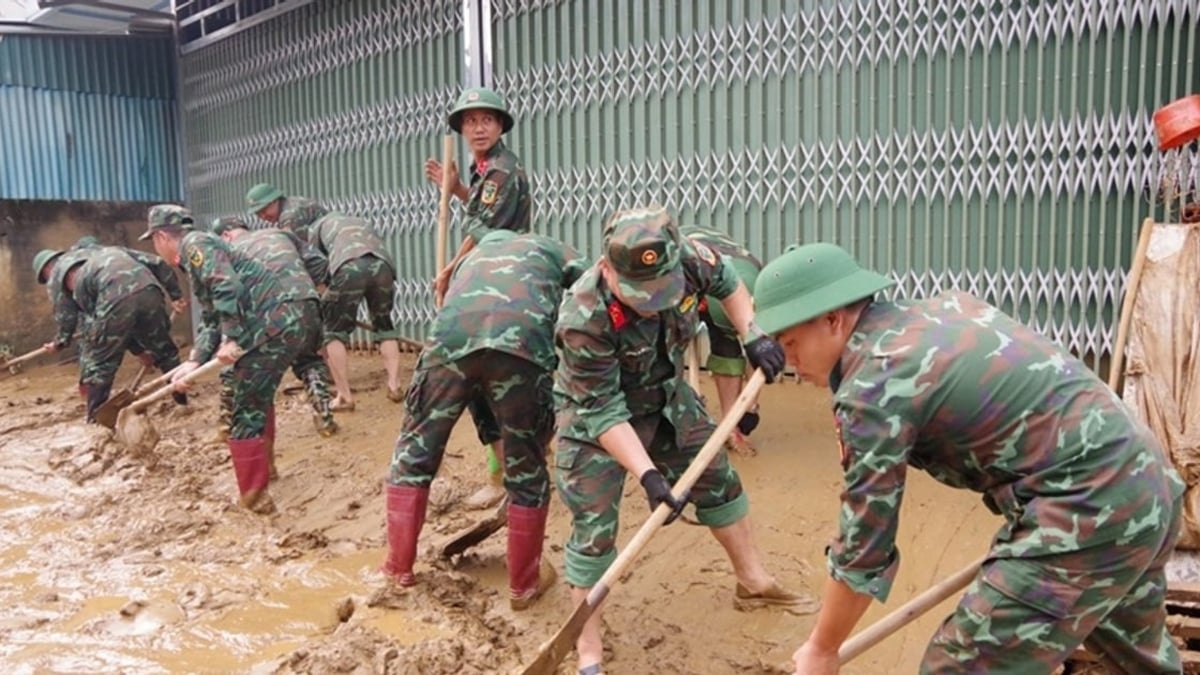
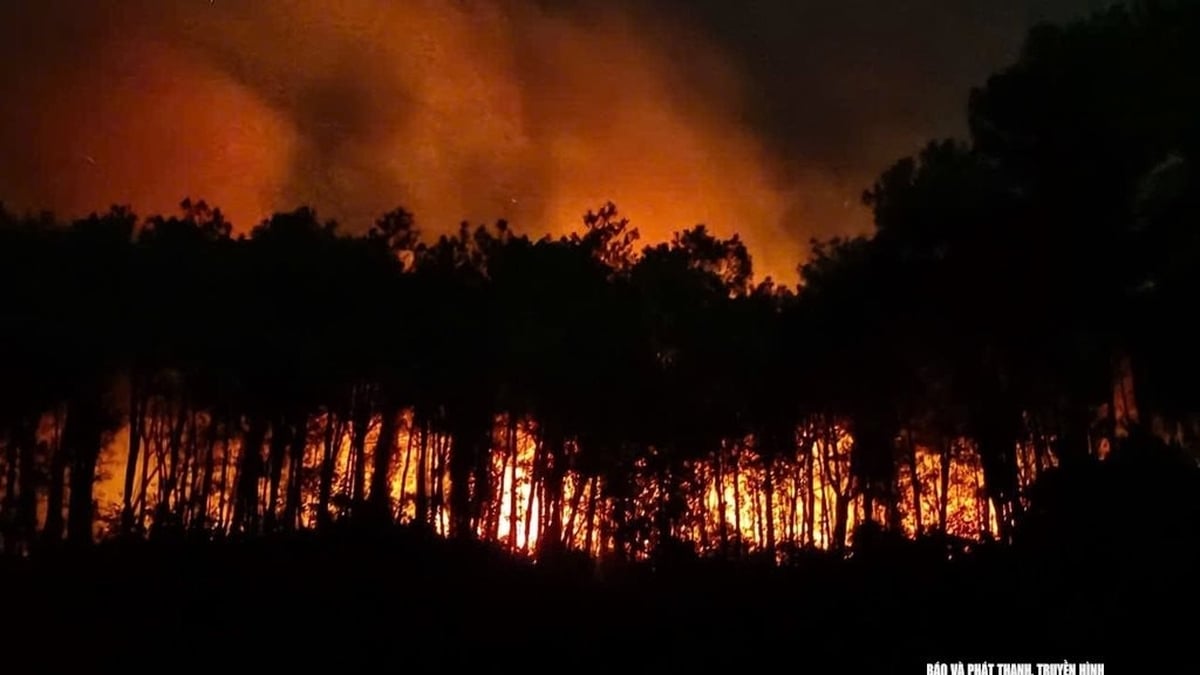
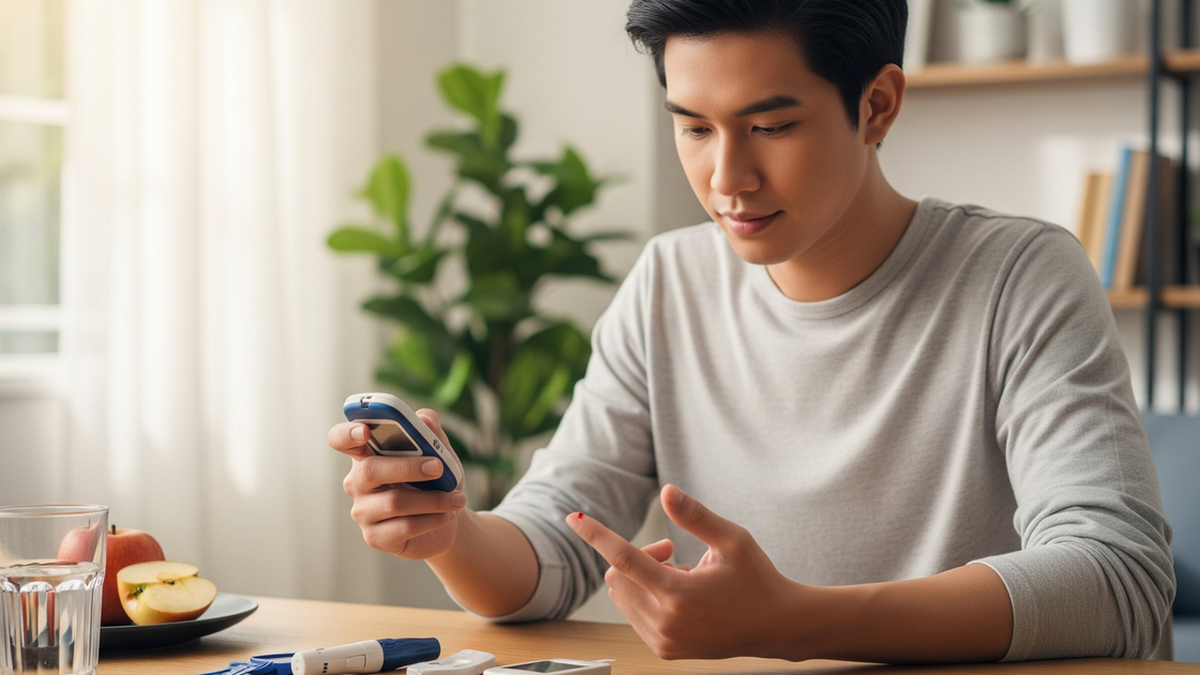
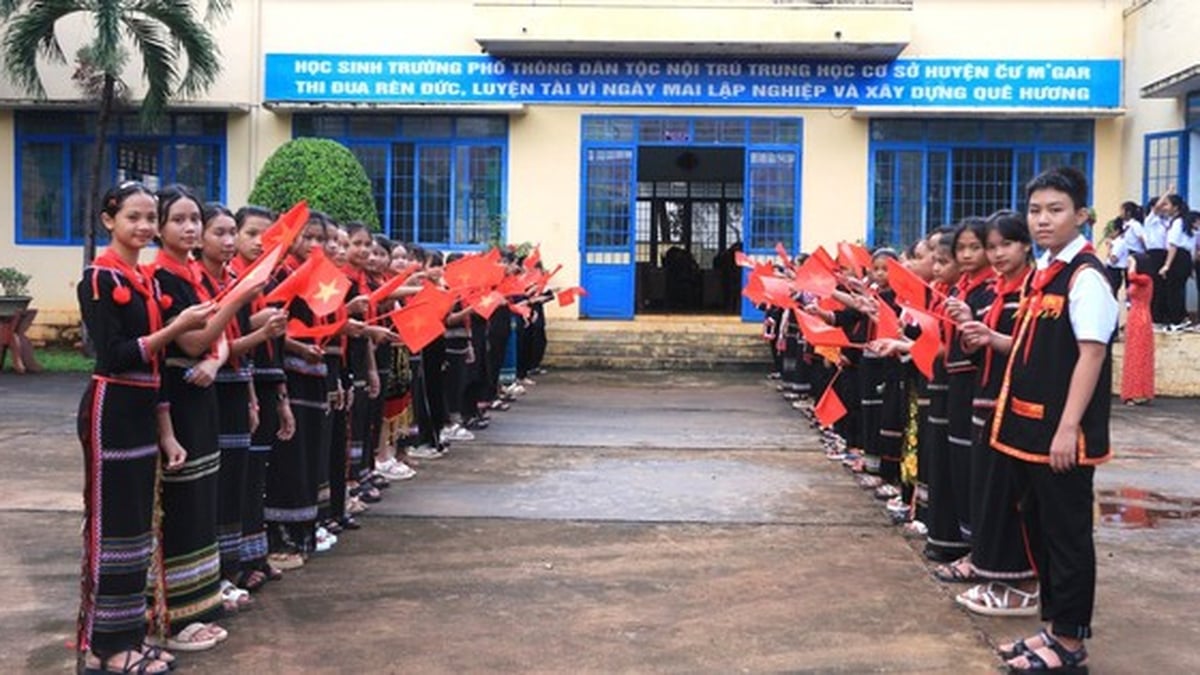
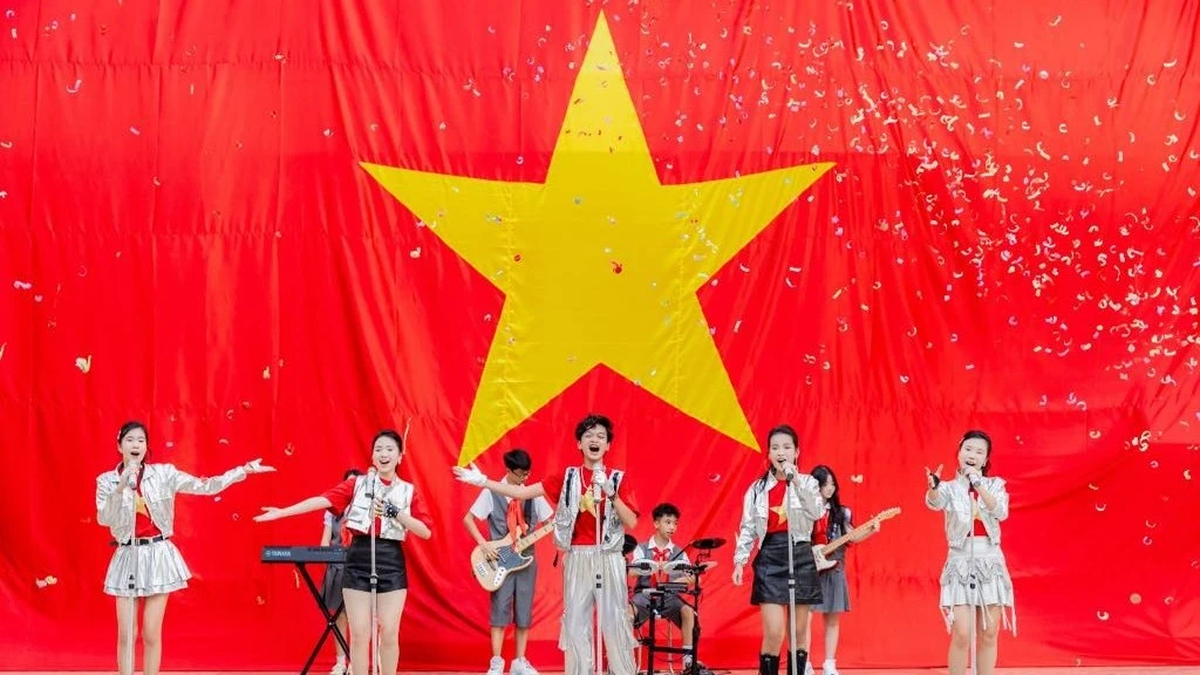
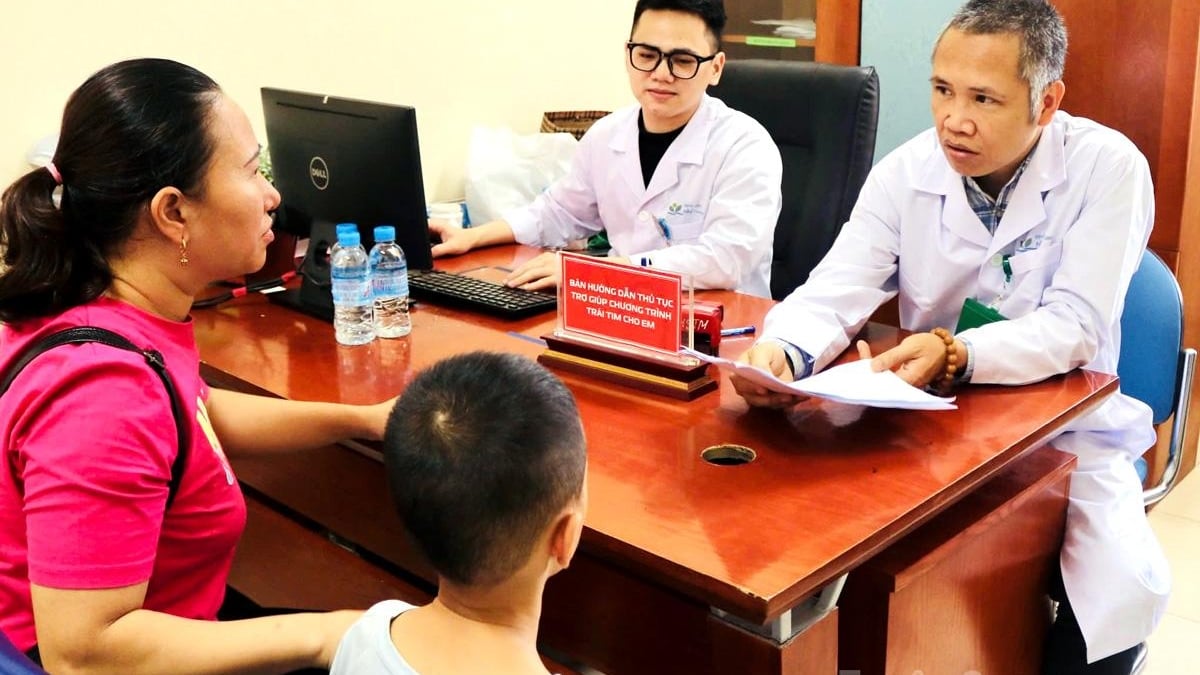














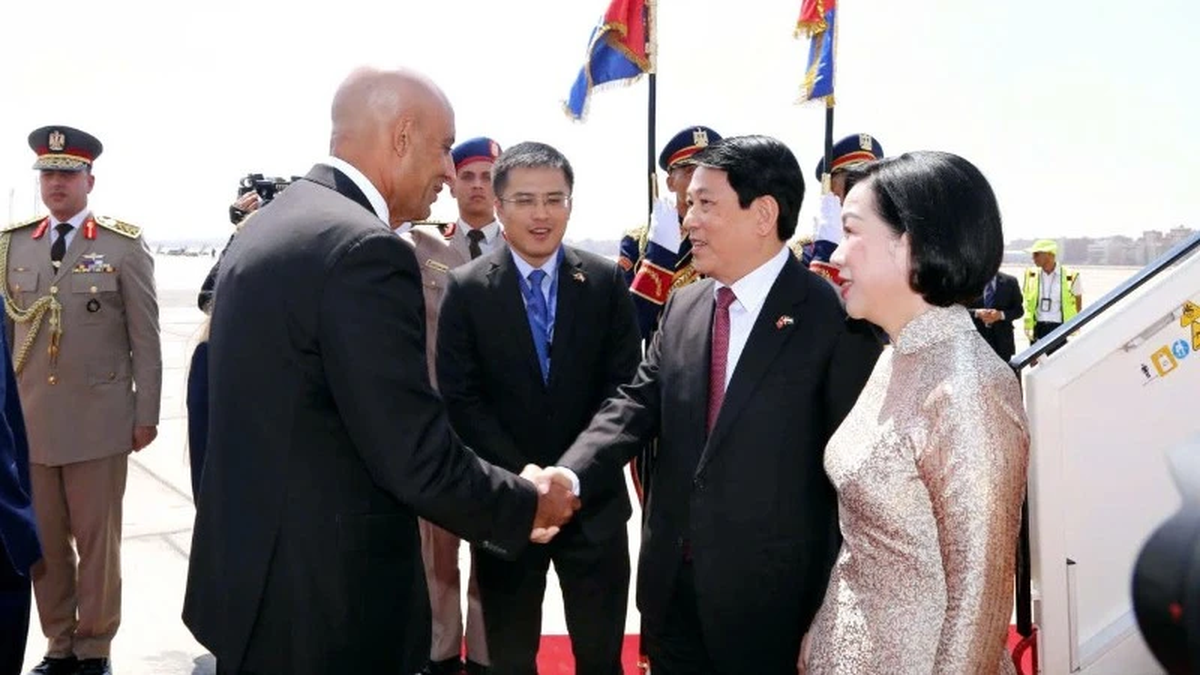








































































Comment (0)